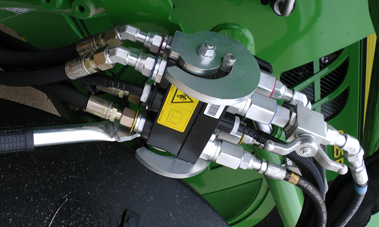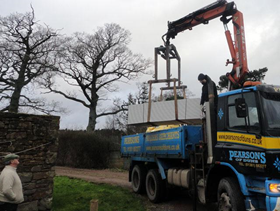How Does a Hydraulic System Work?
Hydraulic systems work on the principle of a pressurised fluid going through a hydraulic cylinder at high pressure. There are basically two components to this system, the rotor and the piston, with each part dependent upon the other. The piston moves in a linear direction depending upon the amount of fluid that is fed through the pipe or cylinder. This movement creates a compression of the liquid causing it to be stored in the storage tank until another pressure source can take over. In the event that the pressure in the tank drops lower than the fluid can move, it causes a rebound that causes the liquid to spill out into the adjacent compressing basin or container.

There are four factors to consider in order to determine how a hydraulic system works. First, the pressure in the reservoir will determine the rate of gushing by the pump. Second, the amount of hydraulic fluid in the reservoir determines how much pressure is developed in the system. Third, the rate of gush and the duration of the pressure spike are both determined by the flow of the fluid, and the size of the hole orifice. For an example of hydraulics in action, consider the grab lorry. For Grab Hire Cheltenham, visit https://telstargrabhire.co.uk/

There are basically three different types of hydraulic pumps: open, closed, and combination. The open pump is the most commonly used type of pump, as it is able to handle any given amount of fluid. Closed pumps are more efficient than the open type, but they can not store more than a certain amount of fluid.


